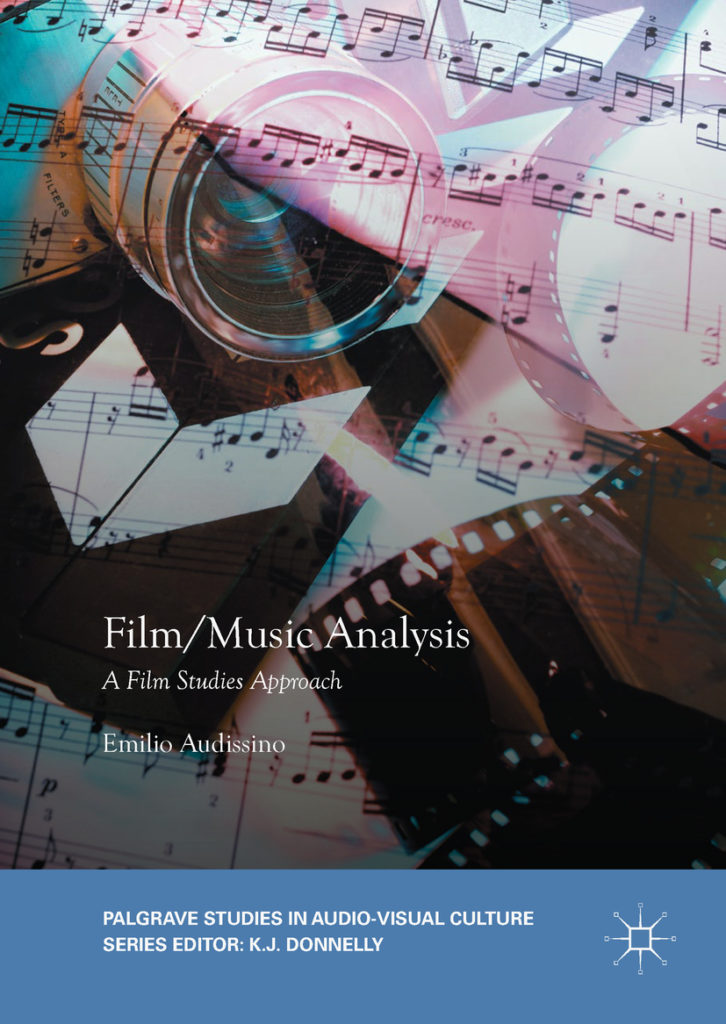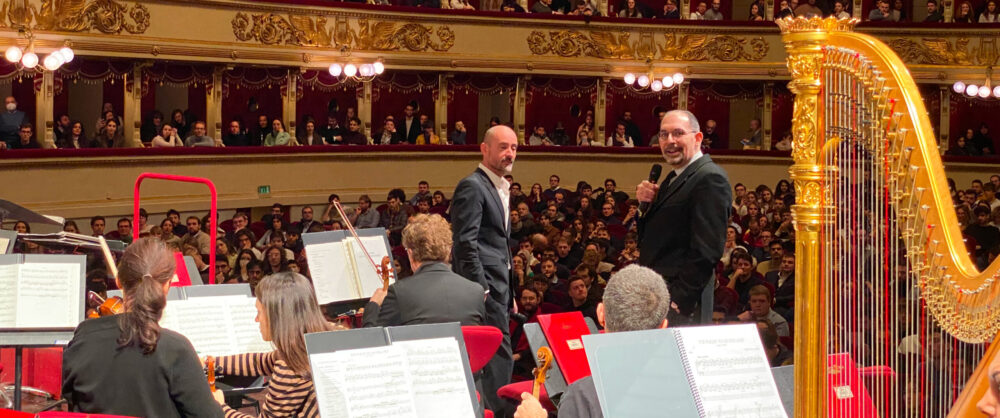A Film Studies Approach
Emilio Audissino, 2017

This book offers an approach to film music in which music and visuals are seen as equal players in the game. The field of Film-Music Studies has been increasingly dominated by musicologists and this book brings the discipline back squarely into the domain of Film Studies. Blending Neoformalism with Gestalt Psychology and Leonard B. Meyer’s musicology, this study treats music as a cinematic element and offers scholars and students of both music and film a set of tools to help them analyse the wide ranging impact that music has in films.
In the last ten years there has been a significant shift of interest in film music from Film departments to Music departments. This study seeks to balance the situation and bring film music back into the sphere of action of Film Studies. Film scholars can still give an important specialistic contribution by tackling the music as one of the cinematic devices, and focussing on the analysis of its interplay with the other formal elements of film. In this view, the scope of this study is to develop an approach and a set of analytical tools that serve as a guidance to film scholars to address music in film from their discipline-specific perspective.
The analytical approach here offered stems from a mix of Neoformalism – from Film Studies – and concepts drawn from Leonard Meyer’s music theories. Neoformalism describes and explains the filmic system focussing on the overall form and style, not only on the interpretation of the film’s contents and meanings. In particular, the analysis concentrates on the function(s) and motivation(s) of a series of devices, whose interplay is at the basis of the film’s formal system. Being one of the film’s devices, music carries out specific functions and responds to specific motivations. Yet, film music is also music. Hence, Neoformalism is coupled with Leonard B. Meyer’s theories. According to Meyer the meaning and emotional effect of a tonal piece of music derives from the way in which the composition plays with the listener’s expectations and anticipations, which are based on a shared knowledge of norms and conventions. This interest in norms and conventions and in the psychology of perception links Meyer’s studies to Neoformalism. And their common interest in the ‘whole,’ in formal stabilisation, and closure makes Gestalt Psychology a fitting overarching theoretical framework to integrate Neoformalism with Meyer’s musicology. The combination of the micro-configuration of the music and that of the visuals produces a macro-configuration in which the whole is something different from the sum of its parts. In this audiovisual interaction, three areas of musical agency are identified in the film: music can have a perceptive function; an emotive function; a cognitive function.
The findings are valuable for both the disciplines involved. To film scholars, it presents film music as a topic that can be handled with more confidence and breadth, because the musicological analysis of the musical text (the score) is not required in this approach. To musicologists, it provides a way to deepen their understanding of and insights into the formal and stylistic ways in which music interacts and combines with the other cinematic components.
“In this compelling analysis of how film music functions in a wide variety of contexts, Audissino illustrates his clearly explained theoretical concepts with numerous well-chosen examples and substantial case studies. Approaching its subject primarily (and refreshingly) from a film-studies perspective, this book will equally prove an immensely useful and thought-provoking resource for anyone interested in music and cinema.”
Mervyn Cooke, Professor of Music at University of Nottingham, UK, and author of A History of Film Music, 2008
“Thirty years ago, Claudia Gorbman pioneered placing film music within regular film theory. Now it once again seems necessary to apply a theoretical frame which allows music to be treated as a cinematic device and not as autonomous music. Here Emilio Audissino couples neoformalism and Meyer’s musicology into an analytical tool that highlights the interplay between film and music. This book is indispensable for every scholar who wants to analyze and understand film music.”
Ann-Kristin Wallengren, Professor in Film Studies, Lund University, Sweden, and co-editor (with K. J. Donnelly) of Today’s Sounds for Yesterday’s Films: Making Music for Silent Cinema, 2016
Read Audissino’s presentation of the book on The Sound and Music. Audio in Contemporary Culture
